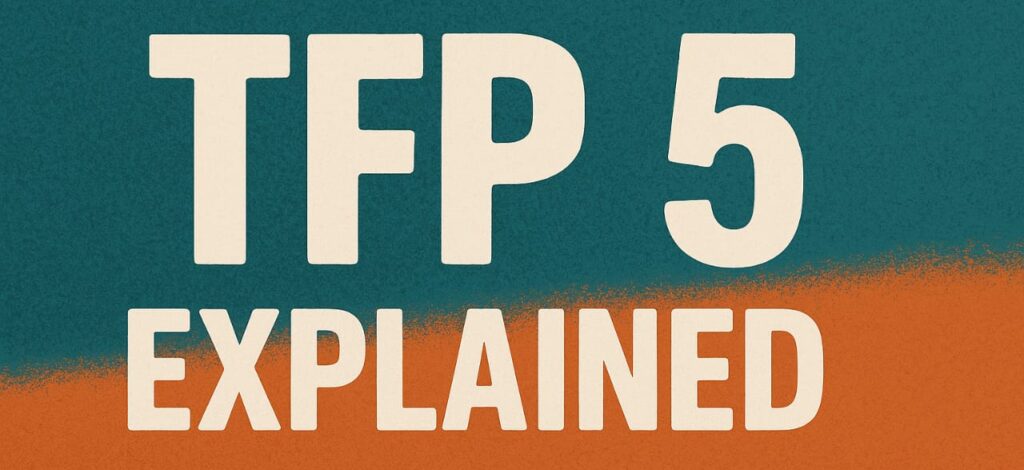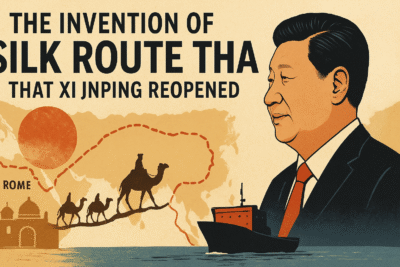
TFP 5 Explained
1.
Dalai Lama confirms he will have a successor after his death
What did the Dalai Lama announce?
On July 2, 2025, the 14th Dalai Lama affirmed that the institution of the Dalai Lama will continue after his death, confirming that a successor will be recognised following traditional Tibetan Buddhist practices. He emphasised that the Gaden Phodrang Trust, based in India, holds the exclusive authority to identify the next Dalai Lama, rejecting any external interference, especially from the Chinese government.
Why is this significant?
This statement directly challenges Beijing’s claim to control the reincarnation process, as China insists it alone has the right to appoint the next Dalai Lama. The Dalai Lama also said his successor would be born outside China, likely in exile, which could lead to two competing claimants.
What is the broader context?
The announcement comes just days before the Dalai Lama’s 90th birthday and amid ongoing tensions between Tibetans in exile and the Chinese Communist Party. It aims to preserve Tibetan religious and cultural autonomy.
So What?
This news is vital for understanding the geopolitical and religious struggle over Tibet’s future. It highlights the Dalai Lama’s efforts to safeguard Tibetan identity and spiritual freedom against political interference, with implications for regional stability and global Buddhist followers.
2.
Trump’s $3.3 trillion tax and spending bill passes Senate, awaits House approval
What is the bill about?
On July 1, 2025, the US Senate narrowly passed a massive $3.3 trillion tax and spending package, often called the “One Big Bill Act (OBB),” aimed at extending Trump-era tax cuts, increasing defence and border security funding, and cutting some social welfare programs.
What are the key features?
The bill permanently extends the 2017 tax cuts, boosts military spending, funds border infrastructure, and introduces Medicaid work requirements. It also aims to encourage reshoring of manufacturing jobs.
What is the current status?
The bill passed the Senate 51-50, with Vice President Vance casting the deciding vote. It now returns to the House of Representatives for approval, where its future is uncertain due to opposition within the Republican Party.
So What?
This legislation represents a significant shift in US fiscal policy with major implications for the economy, social welfare, and geopolitics. Its passage in the Senate signals strong support for economic nationalism and infrastructure renewal, but the final outcome remains pending, affecting global markets and trade relations.
3.
Indian Railways implements first fare hike in five years
What has changed?
From July 1, 2025, Indian Railways increased fares for non-suburban trains for the first time since 2020. The hike is modest and excludes suburban, short-distance, and monthly pass holders to protect daily commuters.
How much is the increase?
Second class fares for journeys over 500 km rose by 0.005 paise per kilometre; AC classes saw a 2 paise per kilometre increase. This cautious revision balances revenue needs with passenger affordability.
Why now?
Rising operational costs and the need to upgrade infrastructure prompted the fare revision. Indian Railways is also modernising services under its 2030 vision.
So What?
This fare hike affects millions of travellers and reflects the government’s effort to maintain financial sustainability without overburdening commuters. It is important for long-distance travellers and those tracking public transport policy.
4.
RBI reports 72% growth in India’s overseas financial assets
What does the RBI data show?
India’s overseas financial assets surged by over 72%, driven by increased investments in foreign equities, bonds, deposits, and reserve assets. This reflects growing Indian engagement in global financial markets.
Why is this growth significant?
Diversification of overseas assets enhances India’s economic resilience and global financial influence. It indicates confidence in international markets amid domestic and global uncertainties.
What sectors contributed?
Foreign securities and reserve assets were major contributors, signalling strategic asset allocation by Indian entities.
So What?
This trend highlights India’s rising stature in global finance and the interconnectedness of its economy with the world. It is essential for investors and policymakers monitoring India’s economic integration.
5.
DRDO unveils India’s first indigenous photonic radar for stealth detection
What is the new technology?
The Defence Research and Development Organisation (DRDO) has developed India’s first indigenous photonic radar, capable of detecting stealth aircraft and missiles with high precision using light-based technology.
Why is this a breakthrough?
Photonic radar offers superior resistance to electronic jamming and improved detection capabilities compared to conventional radars, enhancing India’s defence preparedness.
What are the implications?
This advancement strengthens India’s strategic autonomy and technological self-reliance in defence systems, crucial amid regional security challenges.
So What?
This innovation marks a milestone in India’s defence technology, signalling enhanced national security and indigenous R&D capabilities. It is key for those interested in defence and technology sectors.





